When it comes to
stuffing, people have strong opinions. Cornbread or cubed bread, homemade or Stove Top? Even the very name itself—”stuffing” or “dressing”? But no topic is as polarizing as whether you should load that mixture of bread, broth, and vegetables into the turkey before roasting it.
Ignore their outcries, and cite this story as your argument for why you’re not stuffing your turkey any time soon. And if you want to appease the traditionalists, you could always stuff the roasted bird with cooked stuffing right before serving. The haters don’t need to know you didn’t do it 100 percent their way.
1. It Could Give You Salmonella Poisoning
This seems like an empty threat to anyone who routinely takes the risk by licking cookie dough off the spatula, but hear us out: Stuffing’s pretty porous (all that bread!), which means that as the turkey cooks, juices containing salmonella could seep into it. If that stuffing doesn’t reach 165 degrees F, the bacteria won’t be killed off, meaning you’re passing it on to your guests.
More From Delish
2. It’s The Reason Your Turkey’s So Dry
And scorched. Cooking the stuffing to 165 degrees F comes at a cost—it often means overcooking the bird, explains Alton Brown. Nobody wants that.
3. It Turns Gummy
Since those turkey juices seep into the stuffing as the bird cooks—and because the stuffing itself is ensconced within the poultry, acting like SPF 10,000—the side dish tends to get extra juicy, giving it a mushy, borderline gummy texture.
4. You Could Overstuff the Turkey
No, your turkey won’t explode in the oven. It will, however, make it even harder to get the stuffing to cook evenly, meaning you’re even more likely to get a scorched bird—or wind up with salmonella-susceptible pockets of undercooked stuffing.
5. It Can Be a Huge Time Suck
You think you’re saving time by cooking the stuffing as you roast the turkey, but a stuffed bird can be so dense that it takes longer to cook overall. You’re better off prepping and cooking the stuffing the day before, then warming it up in the slow cooker. Or adjusting the racks in your oven before putting the bird in so you can warm the stuffing as the turkey finishes its tanning session.
6. It Keeps You From Getting Your Aromatics On
Sure, you load up the bottom of the pan with carrots and onion and celery and thyme, but you could also be flavoring the bird from the inside out. Our guide for the best roasted turkey includes seasoning the cavity with salt and pepper and stuffing it with onion, rosemary, thyme, sage, and garlic.
Bake your stuffing in a casserole dish—or, if you prefer those crispy edges, in a muffin tin. The texture will be chewy, not gooey, and you won’t have to worry as much about whether you’ve cooked it all the way.

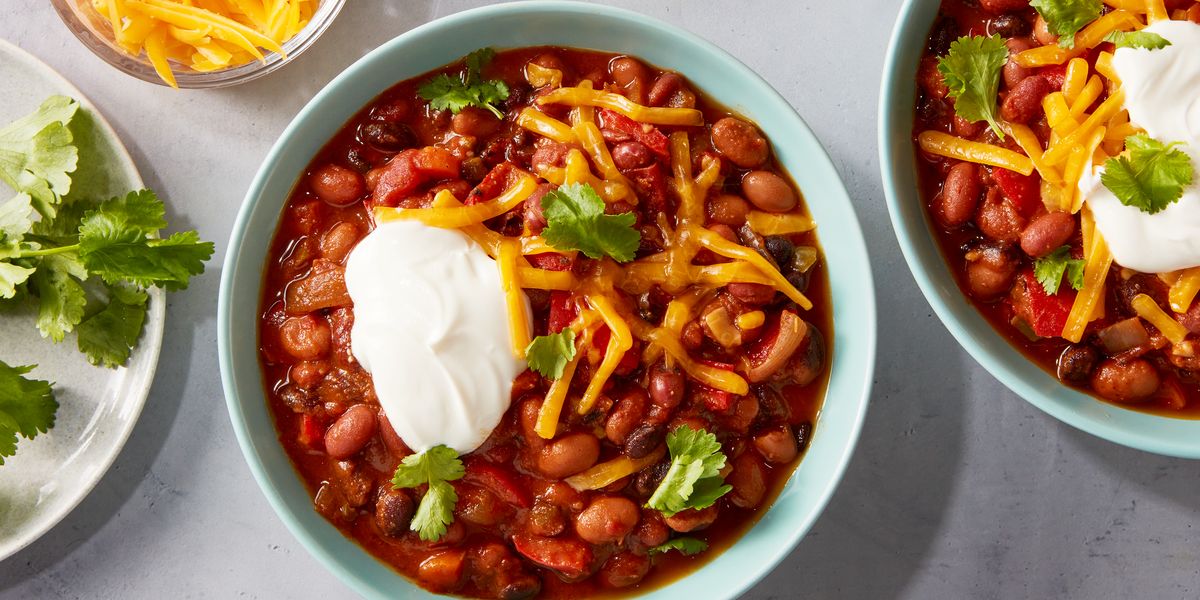

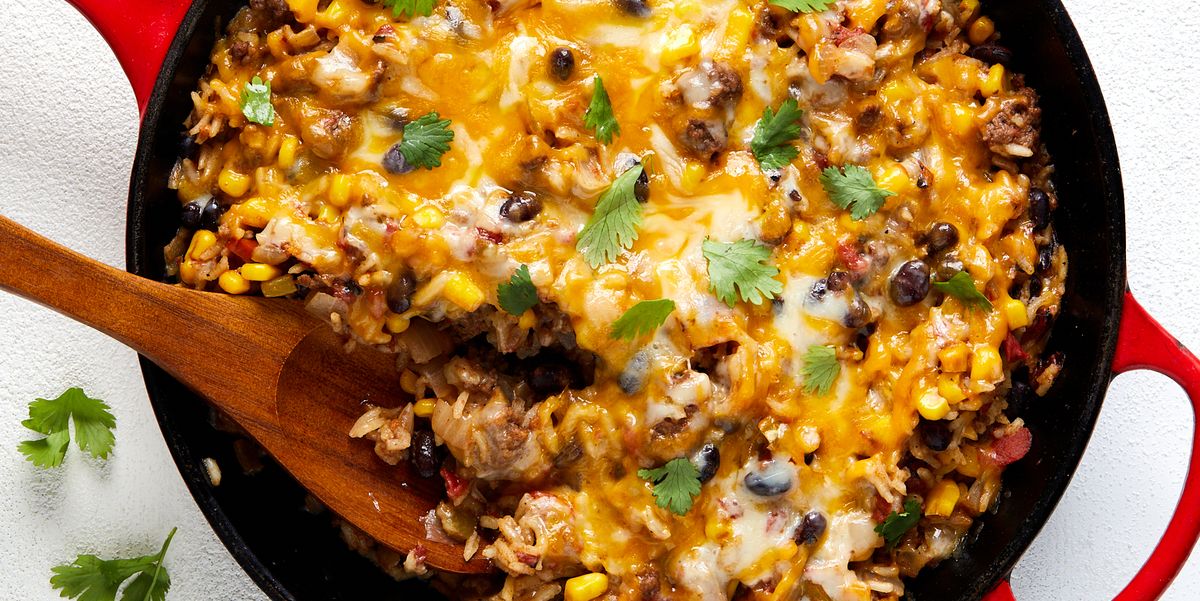
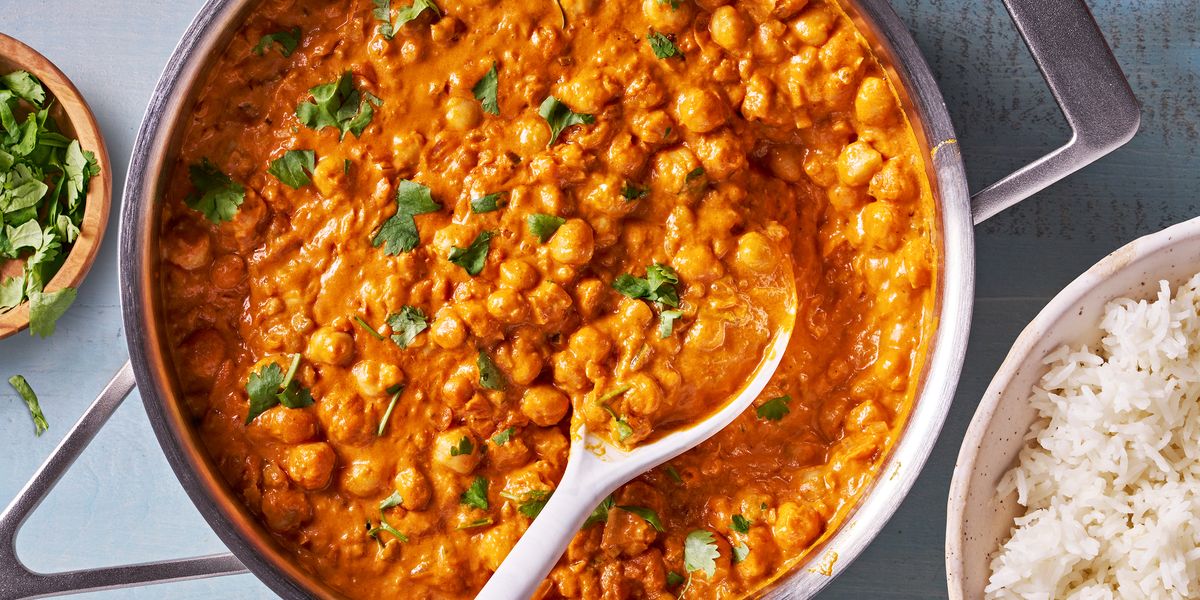





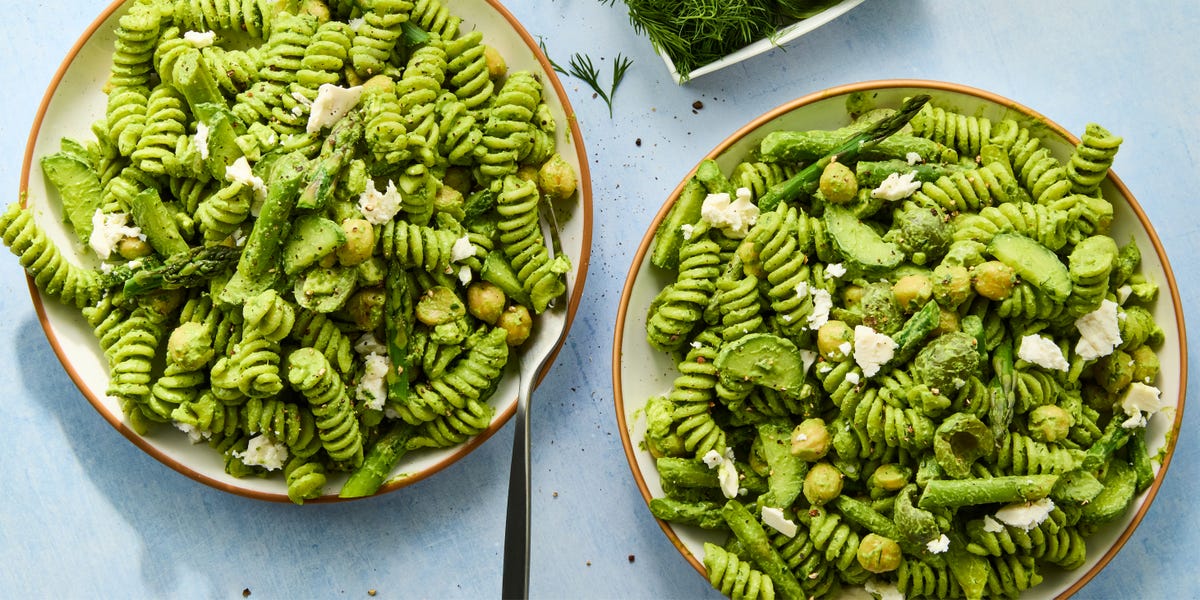


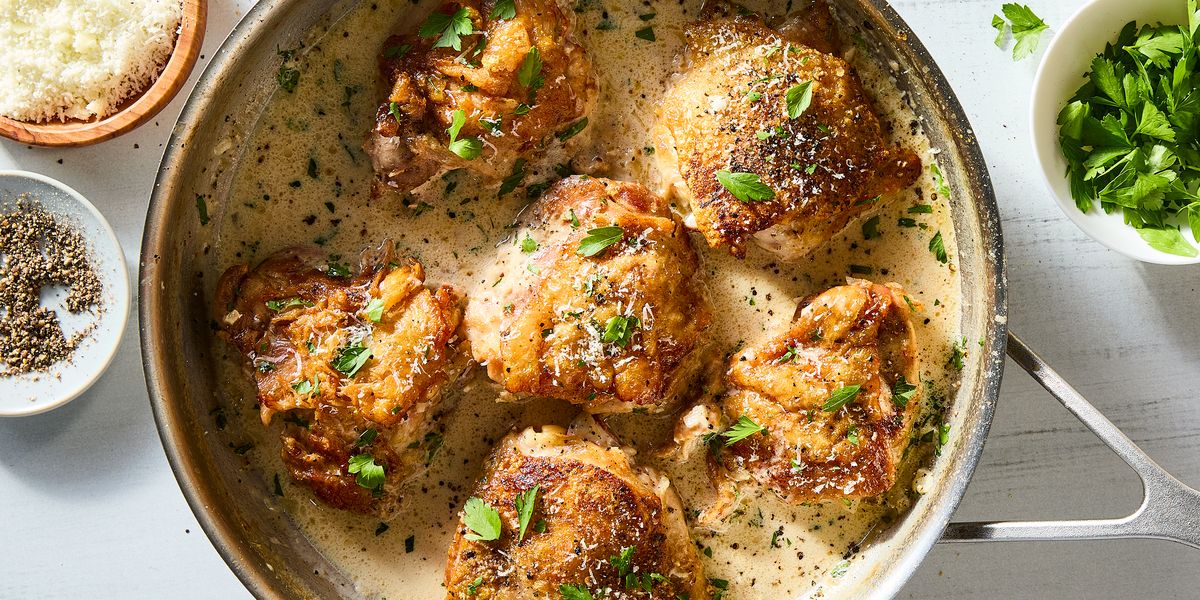

Leave a Reply